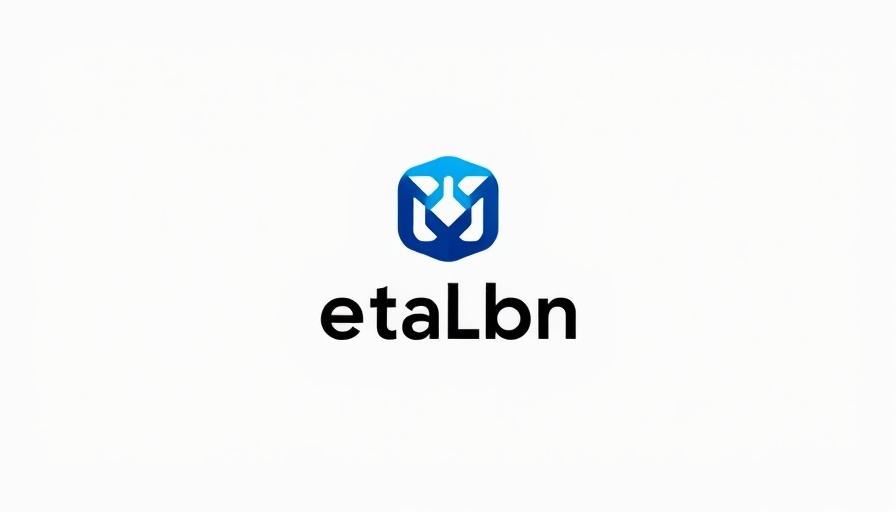
Understanding the Rise of Independent Women in Today’s Society
In modern society, we are witnessing a shift in how women approach the notion of marriage. It's not merely about rejecting a social norm; it represents a deeper understanding of independence and self-identity. These women encapsulate unique traits and perspectives that allow them to forge paths unconfined by traditional structures, indicating a broader cultural transformation.
Seven Key Character Traits of Women Who Reject Traditional Marriage
Women who choose to remain unmarried or who openly reject the concept of marriage often share a suite of character traits that define their independence. Here are seven strong characteristics that set them apart:
1. Independent Thinkers: These women prioritize their own beliefs and values over societal expectations. They challenge the status quo and are not afraid to stand out. Independent thinking also reflects a strong sense of self-awareness, essential for personal branding in any industry.
2. Committed to Personal Growth: Rather than seeing marriage as a necessity, they focus on self-improvement. Their journeys often lead them to personal fulfillment that transcends conventional milestones.
3. Resilient: Life's challenges do not intimidate them. On the contrary, they navigate adversity with strength, instilling confidence in their decisions.
4. Authentic: Authenticity is key; they stay true to themselves, aligning their actions with their values, even if it means diverging from what’s conventional.
5. Emotionally Intelligent: Many of these women possess high emotional intelligence, helping them understand their feelings and others’ emotions better, which enhances personal relationships.
6. Goal-Oriented: They are often driven by goals—whether personal or professional—which provides a sense of direction and purpose in life.
7. Fearless in Love: Rejecting marriage doesn’t mean they shy away from love. They engage in meaningful partnerships that provide companionship without conforming to societal scripts.
The Cultural Shift Surrounding Marriage
This growing trend reflects a societal change, emphasizing freedom and personal growth over traditional commitments. As we observe more women choosing this nonconformist path, we must recognize the values they embody—values that may resonate deeply with a significant portion of today’s business community. For consultants, coaches, and small business owners, understanding this demographic can aid in harnessing their strengths in collective ventures.
Rethinking Success in Personal and Professional Life
The choice to forgo traditional marriage can also influence one's definitions of success. In many instances, these women prioritize achievements in their careers, forging networks and pursuing interests that elevate their lives. They view accomplishments not through the lens of marriage but through a broader identification of personal and professional growth.
Exploring Alternative Partnerships
Moreover, it's essential to recognize that women rejecting marriage often still value companionship. Their relationships can take diverse forms—be it cohabitation, long-term partnerships, or polyamorous arrangements. These alternatives reflect authenticity in personal choices, marking a significant step forward in how relationships are conceptualized. By acknowledging these diverse relationship forms, business professionals can better connect with and serve this audience.
Insights for Business Owners and Professionals
As a business owner, understanding the traits and motivations of women who reject traditional marriage can provide valuable insights into client engagement. Recognizing their independence and desire for personal growth can inform marketing strategies that resonate with them. Whether it's crafting campaigns that reflect their values or offering services that support their unique journeys, aligning your approach with their perspectives can foster loyalty and trust.
Final Thoughts and Call to Action
Women who choose to reject the conventional concept of marriage are not merely individuals resisting societal norms; they are emboldened voices of independence. Their values and traits provide unique strengths that can benefit many, particularly in professional realms. Business owners, consultants, and coaches should lean into this understanding to develop robust strategies catered to their realities. Adapting your approach can foster deep connections with clients who are embracing their identity and paving new paths.
 Add Row
Add Row  Add
Add 




Write A Comment